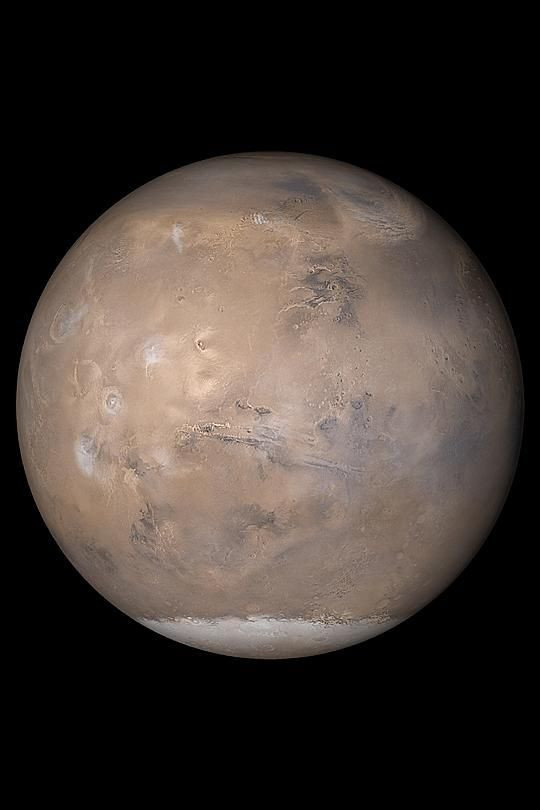Mars Has A Porous Crust, New NASA Study Reveals

Latest NASA findings have revealed the crust on Mars may not be as dense as it was previously thought. In the latest findings, NASA researchers talk about a porous outer layer on the red planet. The observation could give the scientists at NASA's Goddard Space Flight Center new pointers on the evolution of the planet. These findings would also be helpful for planning future missions to the planet.
The study published in the Geophysical Research Letters journal in August says the new findings were possible because of the gravity map of mars. A new model that filled the information gaps for various anomalies on the surface of Mars with satellite tracking data and calculations helped extract the required details.
NASA's Gravity Recovery and Interior Laboratory or GRAIL mission enabled scientists to calculate the crust density for the Moon. However, the Mars study took longer because the data of the moon was much wider and of a higher resolution compared to Mars and this hindered the progress. Because of the limited data of the red planet, scientists relied on old data taken from soil composition and rocks but it proved inaccurate.
The team of researchers — consisting of geologists and astronomers — found it was not enough to know just the composition of the rocks to make the estimate. Over time, rocks tend to change with wear and tear. These changes must also be taken into consideration, they realized.
The team used the data for an existing gravity model but added a simple solution — they swapped the usual constraint approach. A constraint compensates for the imperfections in data. Even meticulously gathered data can have gaps or anomalies that need to be corrected. The usual Kaula constraint approach was swapped for a new one that took into consideration topography changes and elevation changes on the surface of Mars.
The new approach enabled the team to gather a more condensed picture of the crust. This model enabled them to account for the factors that were not addressed previously, Goddard geophysicist Terence Sabaka, the second author of the paper, shared.
Researchers tested this new model on Moon because the values were already known accurately. The results matched exactly with existing GRAIL result of about 159 pounds per cubic foot. This gave the model credibility and the new findings were established as accurate.
The average density of the top layer of the Martian topography has been placed at 161 pounds per cubic foot, as per the new data. According to the study, the value is very similar to that of the lunar crust. The earlier estimate for Mars was 181 pounds per cubic foot, which is very similar to Earth’s oceanic crust.
Certain areas showed different densities on Mars, which was accounted for in the new model. The area directly beneath a volcano was found to be denser than the surrounding areas. All such variations were compensated for and the accurate value was established. "The crust is the end-result of everything that happened during a planet's history, so a lower density could have important implications about Mars' formation and evolution," said Sander Goossens of NASA's Goddard Space Flight Center, the lead author of the paper .
The researchers say that NASA's InSight or Interior Exploration using Seismic Investigations, Geodesy and Heat Transport mission will provide further measurements that could cement their findings. This launch, which is scheduled for 2018, will place a geophysical lander on the red planet to study its interiors. The mission will provide valuable information confirming the findings.
© Copyright IBTimes 2024. All rights reserved.





















